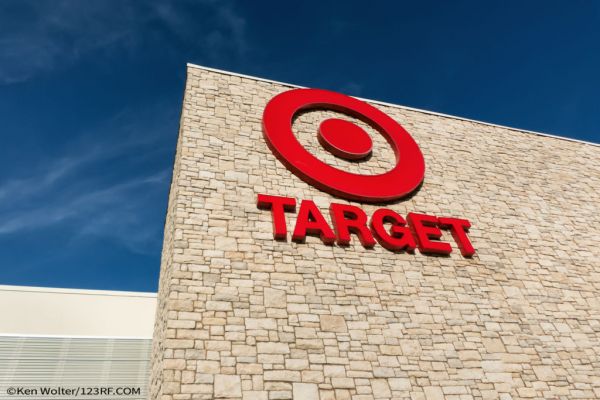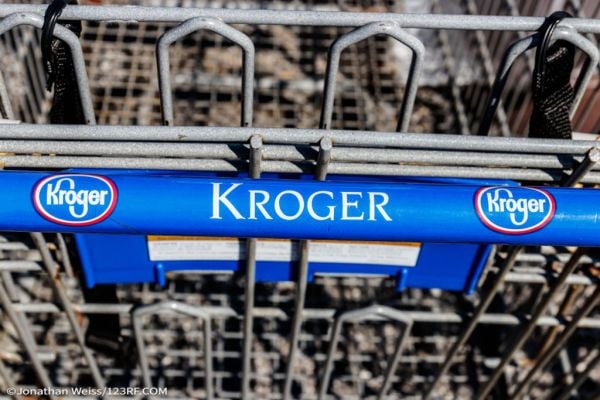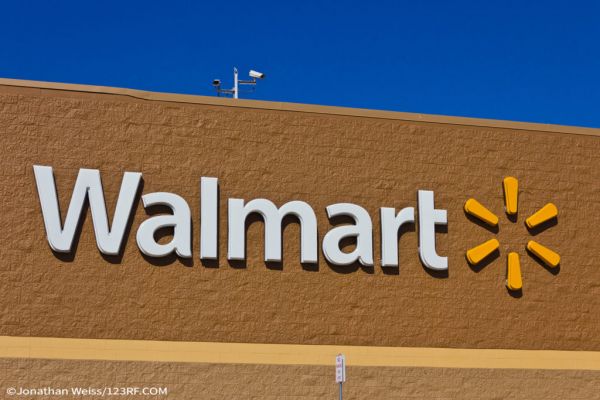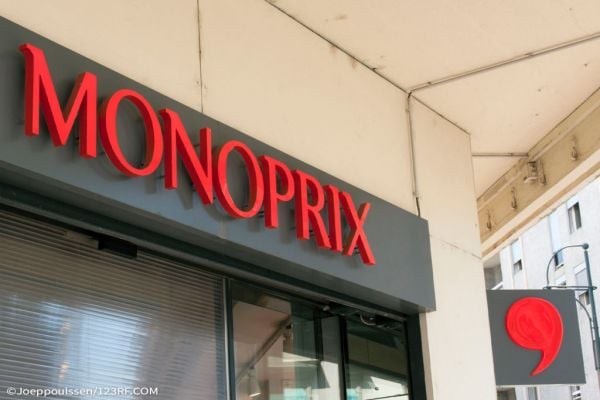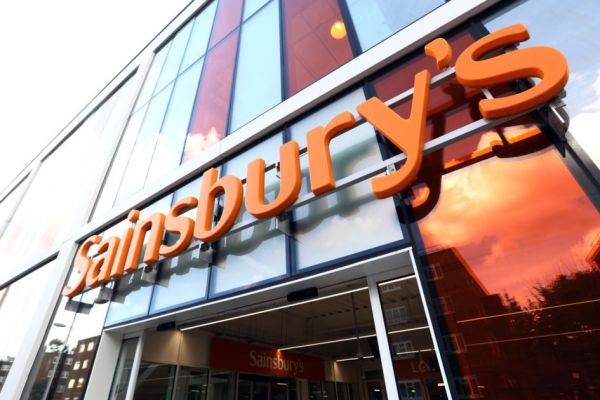Sorry, Target Corp., but the U.S. consumer isn’t the problem.
That’s the view of Wal-Mart Stores Inc., which boosted its forecast on Thursday following better-than-predicted growth last quarter. The outlook contrasted with that of rival Target, which cut its guidance for the year after sales declined.
Target blamed its woes in part on a broader retail slump, with Chief Executive Officer Brian Cornell saying Wednesday that U.S. shoppers were being “very cautious.” That echoed the perspective of some other retailers, which fear that a tumultuous presidential election and slowing economies overseas are taking a toll on American spending. But Wal-Mart Chief Financial Officer Brett Biggs said consumer sentiment is actually pretty stable, and the company continues to benefit from low gas prices.
“We think the consumer is OK,” Biggs said in an interview. “Not great, but we haven’t seen a marked change.”
Wal-Mart saw same-store sales at its U.S. stores increase 1.6 percent last quarter, with the number of transactions climbing 1.2 percent. That compares to Target, which saw a 1.1 percent drop in sales and a 2.2 percent decline in transactions.
Wal-Mart isn’t the only company benefiting from consumer strength. Total household purchases grew at a 4.2 percent annualized rate in the second quarter, the fastest rate since the end of 2014, according to the Commerce Department. Consumer confidence hovered near the high for the year in July.
“The latest retail sales data show that consumers are somewhat cautious at the turn to the second half of the year, but they are not pulling back sharply,” said Carl Riccadonna, the chief U.S. economist for Bloomberg Intelligence.
Still, retailers’ results have been mixed this week. Home Depot Inc. raised its profit forecast on Tuesday after sales benefited from a home-improvement boom. But rival Lowe’s Inc. grew more slowly. Urban Outfitters Inc., meanwhile, sent its shares soaring after topping analysts’ estimates for second-quarter sales and profit.
Target’s divergence from Wal-Mart may have more to do with its own challenges, rather than what its CEO described as a “difficult retail environment.” Cornell acknowledged that the retailer has internal problems to address. The handoff of in-store pharmacies to CVS Health Corp. disrupted its business. Target’s grocery business -- a key driver of regular store traffic -- also isn’t where it needs to be, Cornell said. And electronics has been a drag on sales, which Cornell blamed on lack of new products and innovation.
Cleaner Stores
In contrast, Wal-Mart saw relatively stable growth across categories, including electronics. Greg Foran, the company’s head of U.S. operations, thinks most of the increase in traffic is coming from existing customers shopping more often. The company has worked to improve the appearance and service at its stores, possibly providing a greater incentive for repeat visits.
It’s also possible that more customers are shopping at Wal-Mart than Target because a shaky economy has prompted them to seek lower prices. But Target’s problems don’t appear to be universal, Riccadonna said.
“I strongly feel that this is a micro, not macro, economic story,” he said. “In other words, it’s due to different business strategies, not overarching economic conditions.”
News by Bloomberg, edited by ESM. To subscribe to ESM: The European Supermarket Magazine, click here.


